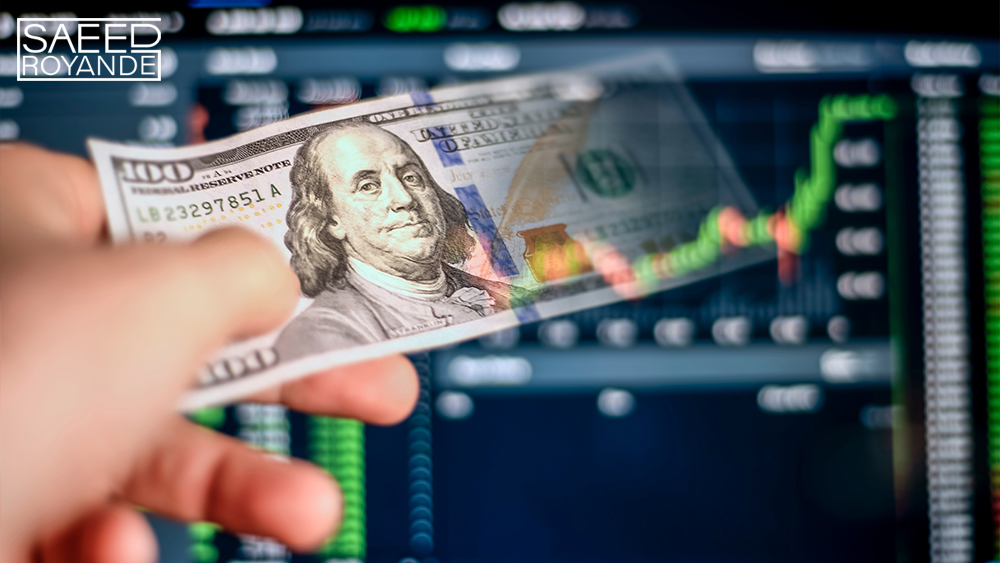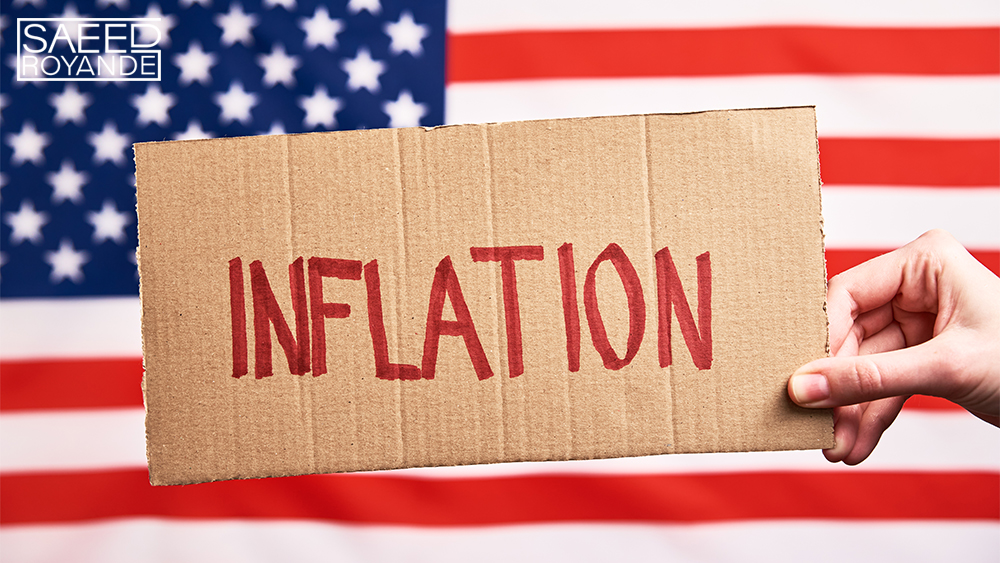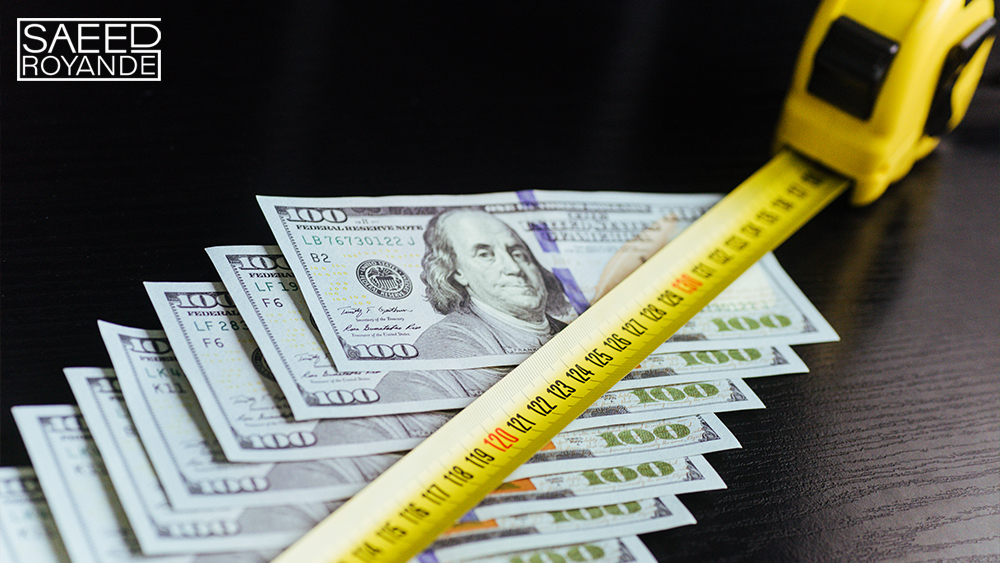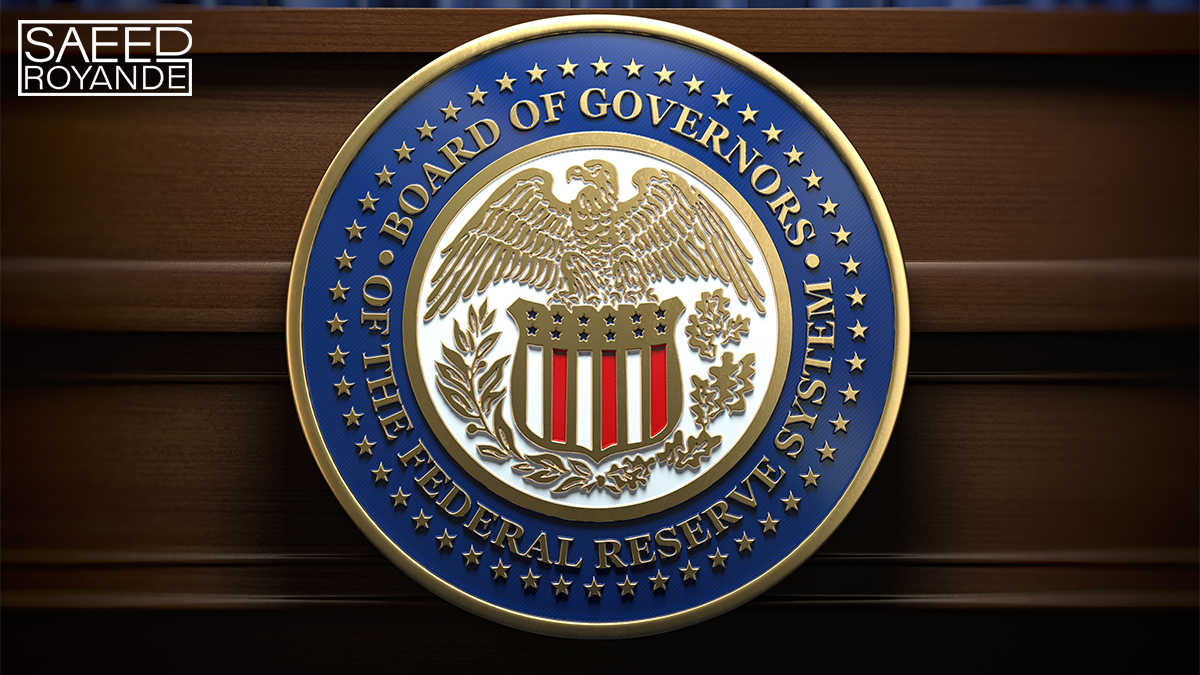The Federal Reserve uses its policy tools to alter the availability and cost of credit in the economy when conducting monetary policy. Borrowing costs for consumers and businesses and broader financial conditions are influenced by changes in the federal funds rate. For example, as interest rates fall, consumers are more ready to spend on products and services, and businesses are better able to invest in new equipment and property to grow their operations. Employers can also increase the number of people they employ, which has an effect on the overall number of people employed.
Inflation could be influenced by higher wages and other costs as a result of increased demand for goods and services. Deflation, on the other hand, is much more damaging to the economy, which is why the Federal Reserve seeks to maintain a positive inflation rate; it defines an increase in the general level of prices for goods and services. In reaction to an economic downturn, the central bank can cut interest rates because of a positive inflation rate and interest rate level.

Taking profits from investing
How the federal reserve measures inflation
The personal Consumption Expenditures (PCE) Price Index is the primary inflation measure of the Federal Reserve. Unlike the Consumer Price Index (CPI), the PCE Price Index monitors consumer spending and prices by tracking the company receipts used to calculate the Gross Domestic Product (GDP) rather than a survey of consumers. Additionally, the Fed keeps a careful eye on the core PCE Price Index, which eliminates volatile commodities like food and energy from its calculations. When it comes to inflation, you may tell different stories depending on which part of the economy you’re looking at. But the Federal Reserve is there to help. The Fed’s goal is to make inflation a non-issue that keeps people awake at night.

World inflation concept woman hold sheet
Interest rates are set by the Federal Reserve to control inflation
As the economy begins to slow, the Federal Reserve may lower interest rates. Business investment and employee hiring are both boosted, as is consumer spending, as a result of this policy. An overheated economy may prompt the Federal Reserve to raise interest rates, leading businesses and individuals alike to put the brakes on financial decisions. Changes in the Federal Reserve’s cost of money affect interest rates nationwide, while savers and borrowers will be affected in some form or another. Interest rates, though, aren’t always easy to figure out. Regardless of how closely you follow the Federal Reserve, it is clear that policymakers in the United States have struggled to decide when to stop providing stimulus to the world’s largest economy. Even in the face of rising inflation, officials in early 2021 indicated they would retain borrowing rates at record lows to allow millions of workers more time to find a new job.

100 dollar bills measure with meter
Bottom line
When the Federal Reserve lowers interest rates, it’s tempting to see it as discouraging saves. It is a decrease in the cost of money. As a result, people are more likely to borrow money than save it. In a nutshell, it moves money out of bank accounts and into the economy. A rise in interest rates by the Federal Reserve has the opposite effect: it discourages borrowing because the cost of money has increased. Keep in mind that regardless of your financial education, good savings practices are vital for all that interest rates. A rising interest rate environment necessitates a higher credit score, paying off high-interest debt, or refinancing your mortgage. Auto loans and home equity lines of credit can be found using Bankrate’s comparison tool.


